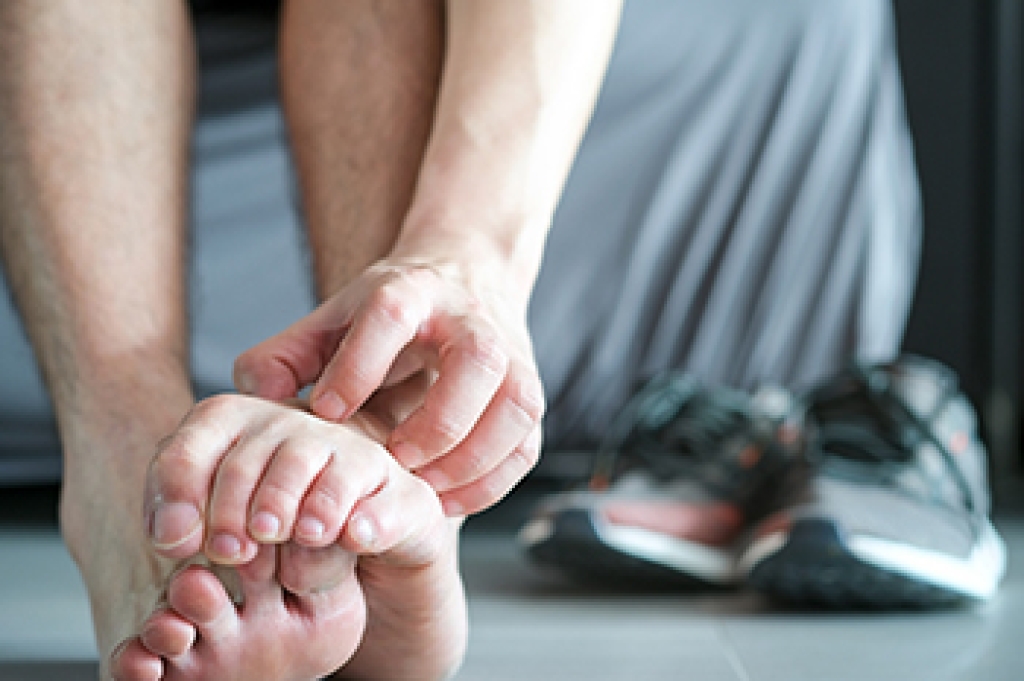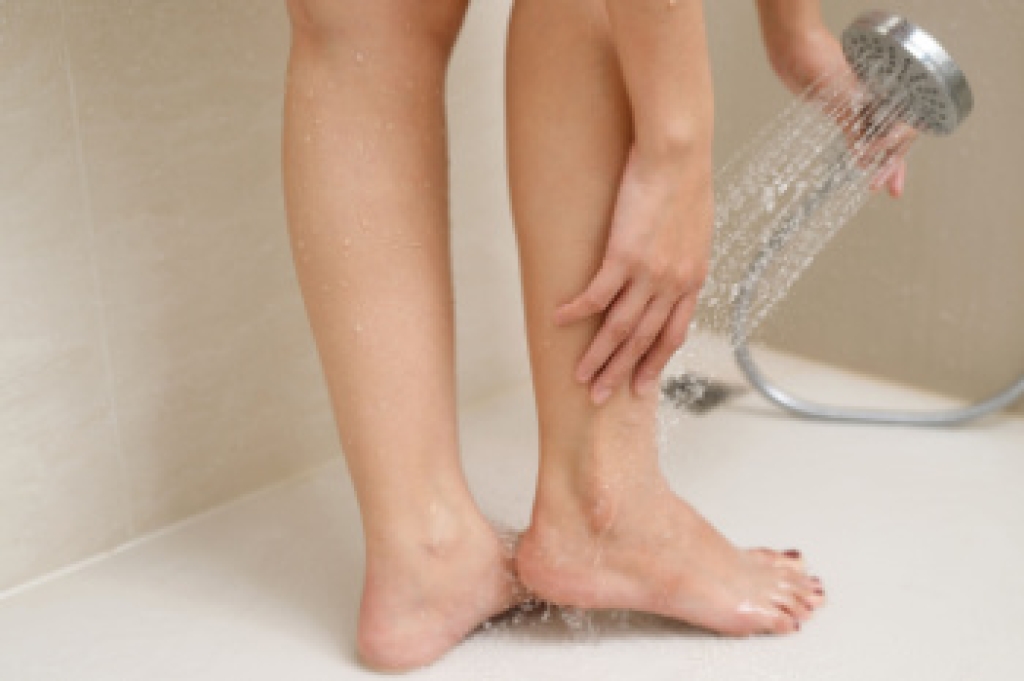
Custom orthotics offer a powerful solution for improving foot and ankle function in individuals dealing with various conditions. These specialized devices are designed to correct abnormal foot mechanics, redistribute pressure, and provide optimal support to the arches and heels. By addressing biomechanical imbalances, orthotics alleviate symptoms such as pain, fatigue, and instability, while preventing further damage to joints and tissues. For conditions like plantar fasciitis, flat feet, or ankle instability, custom orthotics promote proper alignment and cushioning, enabling better movement and reduced strain during daily activities. Unlike over-the-counter insoles, custom orthotics are crafted to fit your unique foot structure, ensuring precise and effective results. If you are experiencing foot or ankle discomfort, it is suggested that you see a podiatrist.
Discover relief from persistent foot pain with custom orthotics and shoe inserts. If you’re battling heel pain, these personalized solutions offer targeted support, addressing the root causes of discomfort. Customized to your unique biomechanics, these inserts provide stability, alleviating both heel and foot pain. Say goodbye to the agony of every step and hello to a life free from constant foot pain. Invest in your well-being with custom orthotics or shoe inserts ensuring your feet receive the care they deserve. Step confidently, step comfortably – because a pain-free journey begins with the right support.
If you have any questions please contact one of our offices located in Holmdel and Middletown, NJ . We offer the newest diagnostic and treatment technologies for all your foot and ankle needs.




